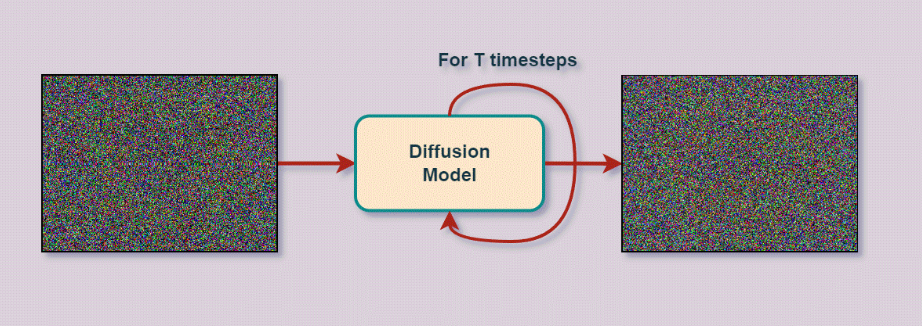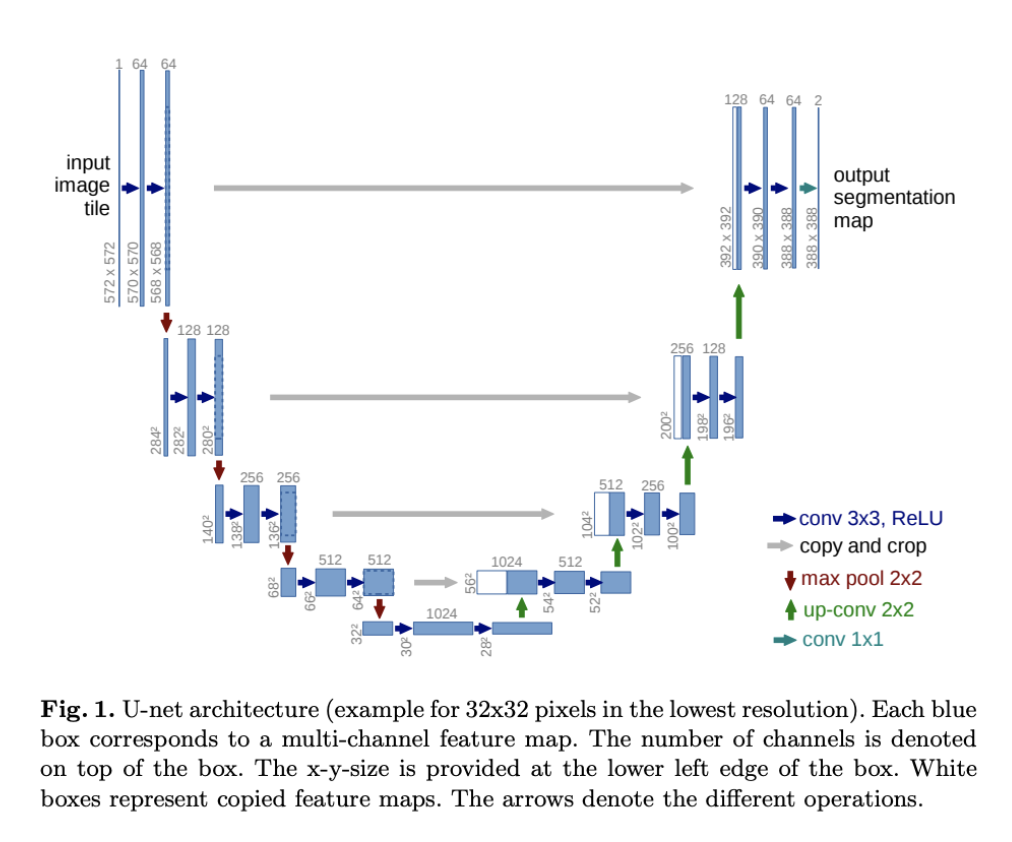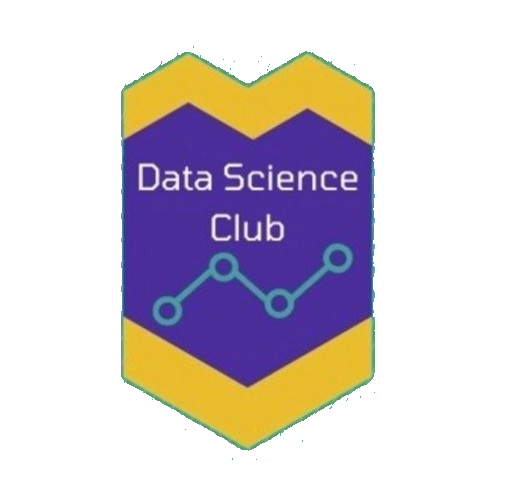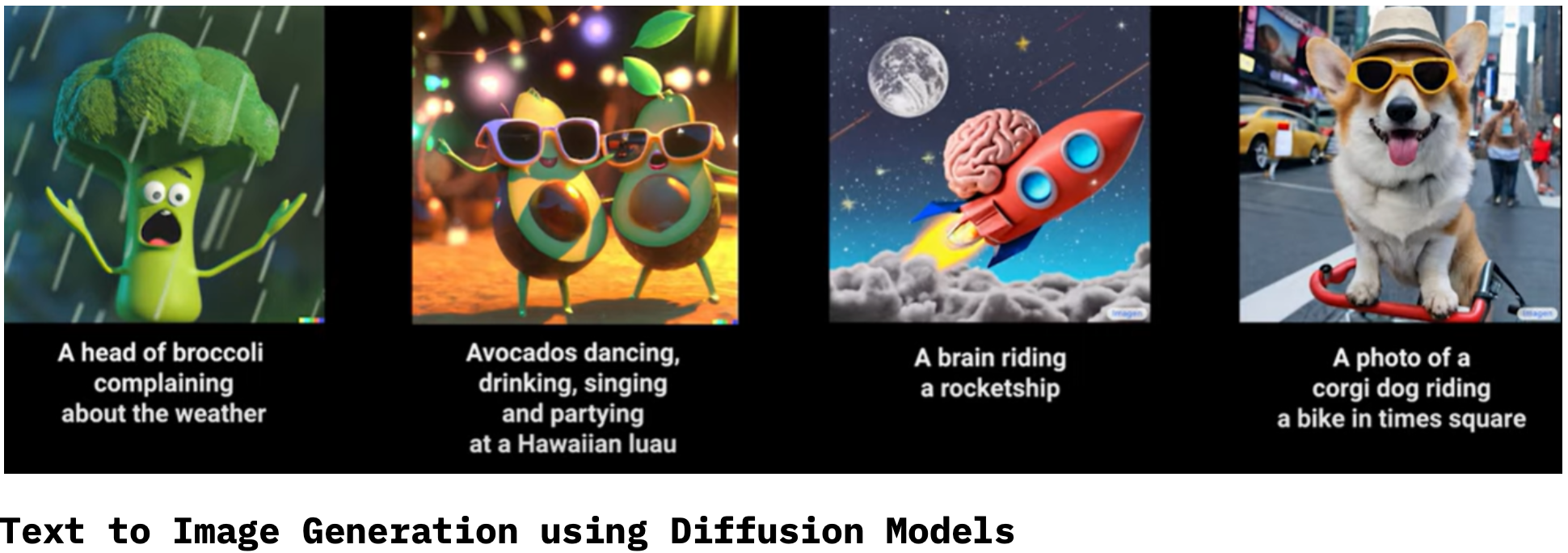Data Digest 1
Posted on November 13, 2023 • 2 minutes • 240 words
Diffusion Models are a class of generative models that turn noise into a data sample. The goal of a diffusion model is to decode the noise of an image.
From the authors of the first paper on diffusion they state: “The essential idea is to systematically and slowly destroy data in a data distribution through an iterative forward process. We then learn a reverse diffusion process that restores structure in data,".
What this is saying is that first we randomly add noise to a picture little by little, and then we use a diffusion model to reverse this process, decoding the noise little by little, until we have the final image.

Timesteps of adding noise to an image, until its pure noise. Sampled from the normal distribution z ~ N(0, 1).
Now the network has to learn to remove noise step by step from the image, until it’s removed all of it. This is done using a U-net, which first downsamples the image, denoises it and then upscales the image. Attention blocks are put between layers with the same resolution. To tell which timestep the picture is in, we utilize embeddings.
Iterative process of denoising an image using a diffusion model


U-net architecture
The applications are endless and include image denoising, inpainting (filling in or removing objects in pictures), super resolution (increasing resolution of an image), and Image Generation.
Resources:
https://en.wikipedia.org/wiki/Diffusion_model
Video: https://www.youtube.com/watch?v=TBCRlnwJtZU
Research Papers: https://arxiv.org/abs/1503.03585 https://arxiv.org/abs/2105.05233
Learn More: https://www.youtube.com/watch?v=sFztPP9qPRc

